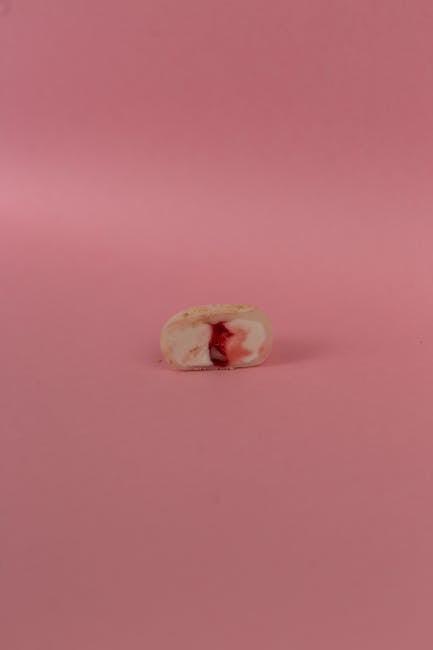
Dental Composites Market Expands Steadily at 3.9% CAGR Through 2035 – FMIBlog
The global dental composites market is witnessing a steady expansion, driven by increasing dental caries, rising demand for cosmetic dentistry, and technological advancements in dental materials. Market analysts estimate a robust compound annual growth rate (CAGR) of 3.9% through 2035, highlighting the ongoing importance of composite resins in dental restorative procedures worldwide.
Understanding Dental Composites: What Makes Them Essential?
Dental composites, also known as composite resins, are tooth-colored restorative materials that dentists widely use for fillings, crowns, veneers, and other restorative procedures. Composed of a resin matrix and inorganic filler particles, composites offer excellent aesthetic and functional benefits over traditional amalgam. Their ability to bond directly to the tooth structure and mimic natural tooth color makes them a preferred choice for patients and practitioners alike.
Key Market Drivers Behind the 3.9% CAGR Growth
The expansion of the dental composites market through 2035 is influenced by several key drivers:
- Rising Prevalence of Dental Caries: Global increases in dental decay drive demand for restorative materials.
- Cosmetic Dentistry Boom: Growing patient preference for aesthetically appealing dental restorations fosters composite resin use.
- Technological Advancements: Improved composite formulations enhance durability, wear resistance, and application ease.
- Increasing Geriatric Population: Aging populations require more dental restorative procedures.
- Dental Tourism and Awareness: Increasing awareness and access to dental care in emerging markets stimulate market growth.
- Government Initiatives: Oral health programs and insurance support in many countries boost dental material demand.
Market Segmentation: Which Products and Regions Lead?
| Segment | Key Categories | Growth Potential |
|---|---|---|
| By Product Type | Light-Cured, Self-Cured, Dual-Cured Composites | Light-cured composites dominate with stronger adoption in cosmetic restorations. |
| By Application | Restorative, Cosmetic, Orthodontic Uses | Restorative applications hold the largest share due to dental decay treatment. |
| By End User | Dental Clinics, Hospitals, Speciality Centers | Dental clinics lead use, driven by increasing outpatient restorative procedures. |
| By Region | North America, Europe, Asia-Pacific, Latin America, MEA | Asia-Pacific expected to register fastest growth due to expanding healthcare infrastructure. |
Benefits of Using Dental Composites
Understanding why dental composites are favored helps explain the market’s steady growth. Key benefits include:
- Superior Aesthetics: Tooth-colored shades blend naturally with surrounding teeth.
- Minimally Invasive: Requires less tooth removal compared to amalgams, preserving tooth structure.
- Quick Setting Time: Light-cured composites harden quickly under curing lights, facilitating efficient dental procedures.
- Strong Bonding: Advances in adhesive technology ensure durable bonds to enamel and dentin.
- Versatility: Used in anterior and posterior restorations, including veneers and crowns.
Practical Tips for Dentists Using Dental Composites
To maximize the effectiveness and longevity of dental composites, practitioners should consider the following:
- Proper Isolation: Use rubber dams to minimize contamination during placement and curing.
- Layering Technique: Apply composites in incremental layers to minimize shrinkage and maximize polymerization.
- Correct Curing Time: Follow manufacturer guidelines on curing light intensity and exposure duration.
- Shade Matching: Evaluate under natural light conditions for best esthetic results.
- Post-Operative Care: Educate patients on oral hygiene to extend restoration life.
Case Study: Market Shift in Asia-Pacific
“In recent years, the Asia-Pacific region has emerged as a significant growth engine for dental composites. Countries such as India and China have expanded dental infrastructure and increased dental professional training, driving demand. The availability of affordable composite products and rising awareness regarding cosmetic dentistry further fuel the market expansion.”
This region’s CAGR exceeds the global average, reflecting a rising middle class and growing dental tourism.
Future Trends Shaping the Dental Composites Market
As the market grows to 2035, several trends stand out:
- Nano-Hybrid Composites: Improved mechanical properties thanks to nanotechnology integration enhance resilience and aesthetics.
- Bioactive Composites: Emerging materials that promote tooth remineralization and fight secondary caries.
- CAD/CAM Compatibility: Customizable composite blocks for computer-aided manufacturing pave the way for same-day restorations.
- Eco-Friendly Formulations: Increased focus on reducing dental waste encourages development of more sustainable composites.
Conclusion: Why the Dental Composites Market Will Continue To Flourish
The dental composites market is on a steady trajectory, growing at a consistent 3.9% CAGR through 2035. Its expansion reflects not only the rising prevalence of dental diseases but also improvements in composite materials and a growing consumer focus on aesthetic dentistry.
Dentists benefit from composites’ versatility and patients appreciate their natural looks and minimally invasive nature. With ongoing innovations and increasing adoption in emerging regions, dental composites are set to become even more integral to restorative dental care worldwide.
If you’re a dental professional or industry stakeholder, keeping an eye on these market trends and innovations will be essential for strategic planning and delivering patient-centered care.


